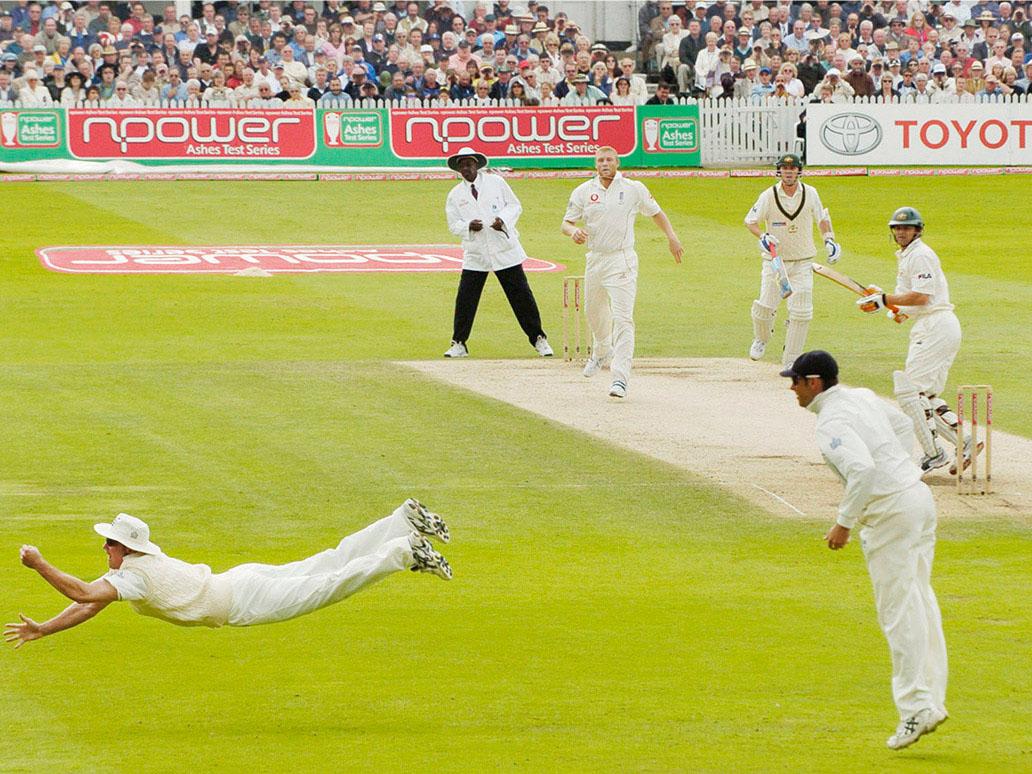Why cricket photographers are in a league of their own
The way the game has been captured has changed immensely over the years – and the talent behind the lenses rivals the heroics witnessed on the field. By Alan Sparrow

The British sporting summer has been an incredible rollercoaster and this week we have the spectacle that is the fourth Ashes Test at Old Trafford where photographers, professional and amateur alike, will hope to capture the key moments of the game.
Sports photographers are specialists with an in-depth knowledge of the games they cover, which gives them the edge in their field. The talent in sports photography rivals the abilities of the competitors themselves. Photographers will be able to tell you the best position to get the best photograph of the 100m sprint, the best position to get “the” picture of the Grand National and the best position to get the goal that counts – and there will be great competition to get these positions. It is rare for a photographer to leave it to luck.
The field of cricket photography has changed greatly. In the Seventies it was monopolised by Test match grounds. In 1972 the grounds were opened by the Test and County Cricket Board to allow other photographers to work, with permits, around the grounds, during Test matches. Photographers were told that there were specific positions from which you could work so as not to disturb the players or the paying spectators.
In 2005, David Ashdown, who worked for The Independent for 25 years as chief sports photographer, took a picture (above) of Michael Strauss diving to catch the ball during the Ashes Test match at Trent Bridge between England and Australia. Ashdown now retired, considers this image – the winner of Sports News Picture of the Year – to be among his best photos in his illustrious 50-year career.
This photo and many other great images from the archives of The Independent are now available from Fleets Street’s Finest, a collection of spectacular images from British newspapers from previous decades.
Until the 1970s the photography rights for Test match grounds around the country were divided by two photo agencies: Central Press Photos and arch rivals Sport and General. Central Press had the rights to the Oval in London, Trent Bridge in Nottingham and the Manchester Test ground, Old Trafford. Sport and General had exclusive access to Lord’s and to Headingley in Leeds.
When the Test and County Cricket Board opened the grounds up to other photographers, among the new arrivals was Patrick Eager. The traditional tool of agencies like Central Press and Sport and General was a 48in glass plate camera. The 48in referred to the length of the camera from glass plate to the lens cap. The photographer worked from a fixed position in the upper tiers of the stands and shot straight down the wicket. Former royal navy photographer Dennis Oulds was the main operator of this camera for Central Press. It required a great deal of skill to get the timing right, the delay between pressing the shutter and the exposure on the glass plate camera required the photographer to anticipate the action far more than is necessary with modern equipment.
If Oulds was photographing the wicket nearest to him, he would add a wooden wedge under the camera that tilted the device an extra inch to allow him to photograph the nearest wicket. He would hope that the batsman would look over his shoulder as he swung for the ball and if he was working on the wicket at the other end then the wooden wedge was removed, and life became easier because the batsman was now facing you.

Then things changed. Patrick Eagar was working with completely different kit. It was flexible, manoeuvrable, and mobile. It was a 35mm camera with a telephoto lens.
The photographer was able to work around the perimeter of the ground, working from different angles and with different lenses. This revolutionary approach gave the cricket coverage of the national press a new perspective. The coverage of cricket had changed forever.
To buy prints of the featured photos from Fleet Street’s Finest, go to fleetstreetsfinest.com/photojournalist/david-ashdown
Join our commenting forum
Join thought-provoking conversations, follow other Independent readers and see their replies
Comments
Bookmark popover
Removed from bookmarks